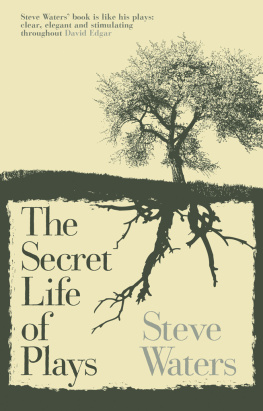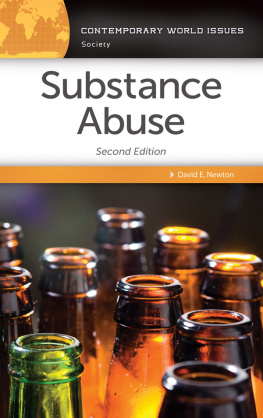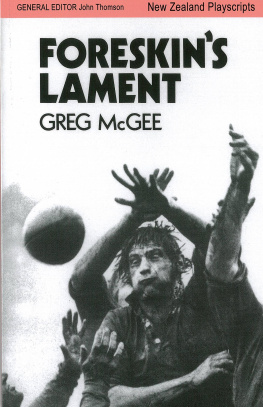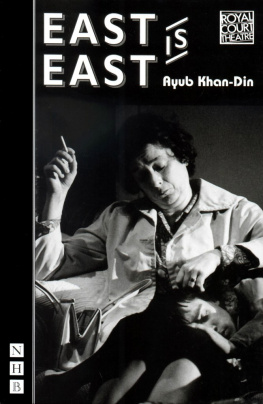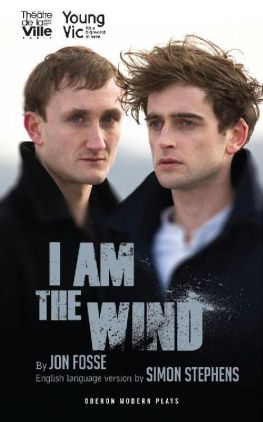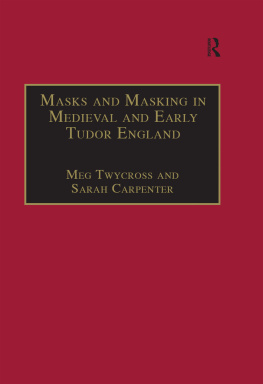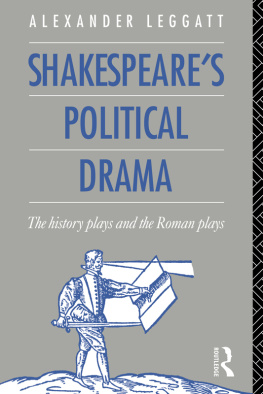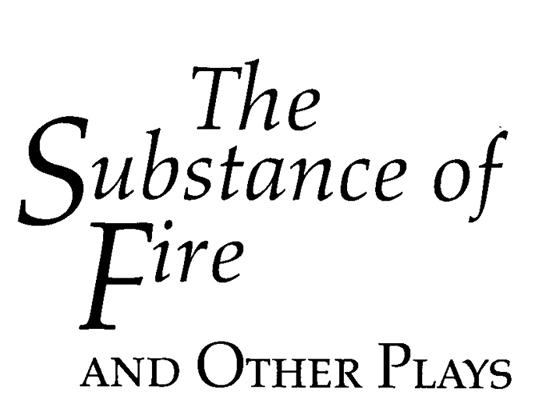

Copyright 1993 by Available Light, Inc.
Preface copyright 1993 by Andr Bishop
The Film Society copyright 1989 by Available Light, Inc. All rights reserved.
The Substance of Fire copyright 1991 by Available Light, Inc. All rights reserved.
The End of the Day copyright 1991 by Available Light, Inc. All rights reserved.
The Substance of Fire and Other Plays is published by Theatre Communications Group, Inc., 520 Eighth Avenue, 24th Floor, New York, NY 10018-4156.
CAUTION: Professionals and amateurs are hereby warned that The Film Society, The Substance of Fire and The End of the Day are subject to a royalty. The Plays are fully protected under the Copyright Laws of the United States of America, and of all countries covered by the International Copyright Union (including the Dominion of Canada and the rest of the British Commonwealth), and of all countries covered by the Pan-American Copyright Convention and Universal Copyright Conventions, and of all countries with which the United States has reciprocal copyright relations. All rights, including professional and amateur stage performing, motion picture, recitation, lecturing, public reading, radio broadcasting, television, video or sound taping, all other forms of mechanical or electronic reproduction, such as information storage and retrieval systems and photocopying, and the rights of translation into foreign languages, are strictly reserved.
All inquiries concerning English language stock and amateur performing rights for The Film Society and The Substance of Fire should be directed to Samuel French, Inc., 45 West 25th Street, New York, NY 10010.
Inquiries concerning all other rights should be addressed to William Morris Agency, Inc., 1325 Avenue of the Americas, New York, NY 10019.
This publication is made possible in part with public funds from the New York State Council on the Arts, a State Agency.
TCG books are exclusively distributed to the book trade by Consortium Book Sales and Distribution, 1045 Westgate Drive, St. Paul, MN 55114.
ISBN-13 978-1-55936-819-3
Baitz, Jon Robin.
The substance of fire and other plays / Jon Robin Baitz. 1st ed.
Contents: The film societyThe substance of fireThe end of the day.
I. Title.
PS3552.A39358 1992
Cover design copyright 1992 by Chip Kidd
Design and composition by G&H/SOHO, Ltd.
First Edition, March 1993
Second Printing, August 2007
Contents
Theres nothing worse than a testimonial dinner speaker who rises to his feet, clears his throat and begins with those chillingly familiar words, I first met so-and-so when. The story that follows is usually never about so-and-so and always about the speaker and how smart and farsighted he was to have recognized so-and-sos great talent way back when.
But this brief introduction to the plays of Jon Robin Baitz is not so much meant to honor the author as it is to discuss three plays that years from now will be seen as very early efforts in a long and distinguished theatrical career. So please forgive me, and allow me to rise and clear my throat.
I first met Robbie Baitz in the offices of Playwrights Horizons. I had read The Film Society, admired it, but had not wanted to produce it because I felt that it would be impossible to cast, and that the author, judging by his play, had to be an elderly proteg of Terrence Rattigan who had undoubtedly spent a lifetime waiting for this one big moment. This was not for youthful, pioneering Playwrights Horizons! I did agree to meet Mr. Baitz and take him to lunch, but only because his agent, the brilliant and terrifying George Lane at William Morris, insisted. I strolled out into the lobby to greet my guest, looking forward to a quick meal and a civilized chat about lemon curd, London traffic and the glory days of Binkie Beaumont. I was stunned. Instead of a seedy old gentleman in a tan raincoat I saw a handsome young man in hip sunglasses and a leather jacket who was not only American but from Los Angeles!
I tell this story to make a point: the three plays in this volume are fascinating because they seem to be the work of someone who is old, who has lived, who has a fundamental respect for old-fashioned, civilized, cultivated values. At the same time they seem to be the work of a very young man. They are bold, stylistically audacious, occasionally disheveled and out to dazzle. People used to say after seeing The Substance of Fire, How can someone twenty-eight years old know so much? And after The End of the Day one would hear, How can someone so young be so cynical?
A writer listens, a writer observes. And we forget sometimes about talent. Robbie Baitzs combination of youthful impetuousness in the service of a mature, sophisticated world view is his talent. His stories are told in graceful, measured, always literate ways. And theres more than a dash of naughty boy wit and incisive verbal bravura. If Arthur Miller had married Noel Coward, their son would have been Robbie Baitz. Its lucky, too, that he has inherited the best qualities of those two great writers and has avoided some of their less attractive traits.
The plays you are about to read are often hilarious, but they are about something deadly serious: the decline and decay of a crumbling world order. In all three plays the leading character fights against or succumbs to the corruption around him. In The Film Society a sensitive and potentially progressive young teacher betrays his closest friends in order to achieve power and be made headmaster of the school. In The Substance of Fire Isaac Geldhart refuses to accept the economic realities of his struggling publishing house and allows himself to be betrayed by his family and fired from his job rather than publish popular trash. And Graydon Massey, in The End of the Day, attracted by American wealth and vulgarity and repulsed by the carelessness and stupidity he sees around him, decides towards the end of the play to join in the fun: The corruption is all over the world, not just in America, so why not cash in?
Robbie Baitz is writing about civilization and its many layers. His plays clearly come from observed life as well as the fertile unconscious from which every good writer draws. And so his writing has many layers. Consider the use of fire imagery in The Substance of Fire. Or the resonance of the Stubbs painting in The End of the Day. And to go to something less literary and more theatrical: consider those favorite old American dramatic themesparents and the rebellion against parental authoritythat are at the heart of each play. Never in recent years has that conflict been so succinctly and appealingly dramatized. As much as we may disapprove of Isaac Geldharts cruelty to his children in The Substance of Fire, for example, we admire him because he is morally correct and verbally dexterous; we pity him because he is emotionally full and unable to communicate the love he feels.
Before the first preview of The Substance of Fire at Playwrights Horizons I remember wondering how the audience would take to such a dense and verbal play. Would they be willing, in this era of limited attention spans and sound bites, to listen and let the language lead them on? I neednt have worried. Those early audiences took to the play with the intensity of parched and desperate beasts gulping down water in the desert. They
Next page

